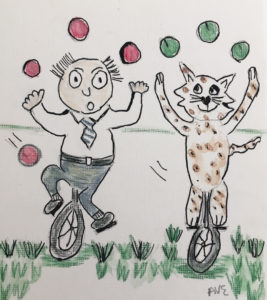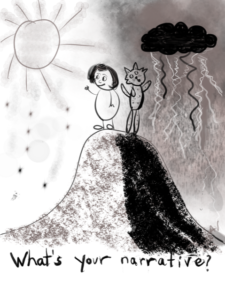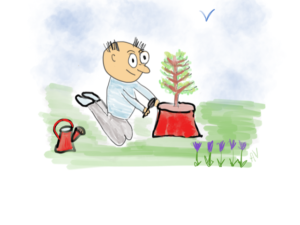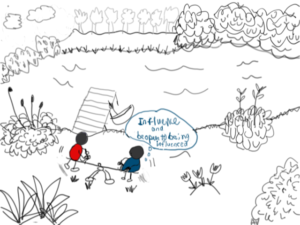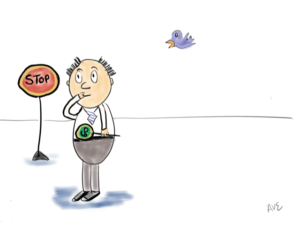 “I don’t know what direction to pursue.” “Should I change jobs or start a business or stay with my current role?” “Should we have a baby?” “Should I apply?” “Should I say yes?” Often coaching clients are stressed over important decisions and even less important ones. We have so many choices and each has consequences. When we say yes to one road we are losing out on the other. Sometimes we do have to make a choice rather than try to do it all.
“I don’t know what direction to pursue.” “Should I change jobs or start a business or stay with my current role?” “Should we have a baby?” “Should I apply?” “Should I say yes?” Often coaching clients are stressed over important decisions and even less important ones. We have so many choices and each has consequences. When we say yes to one road we are losing out on the other. Sometimes we do have to make a choice rather than try to do it all.
We can write a list of pros and cons for each choice and even then the ideal solution is not apparent. Sometimes we are trying to make a decision using our analytical skills without listening to what our body is revealing.
We each have a set of unique values of what is important to us. When we are honoring these values we generally feel at ease and choices are smoother. For example, a client was deciding if he should take a job offer. We reviewed what was most important to him. These included time with family, a challenge, financial security and critically important was space for creativity to address big issues without being second-guessed. When he has this freedom, he feels most respected, alive and on top of his game. He immediately felt assured in his choice after visiting how the options satisfied his values. He knew not just intellectually, but he felt his body relax and felt at ease with his decision. Before checking-in he was not comfortable with the choices.
Sometimes we need a longer time to listen to our body and get a “felt-sense” of what course we will choose. A client was questioning whether to have a child. The challenge was that each time she thought of having a child, she immediately thought of reasons not to. In this case, I asked her to experiment with imagining having a child for a week and notice her reactions and then she spent a week imagining not having a baby. She became aware of concerns and also excitement about the possibilities. Sometimes we need to give ourselves permission to try on different options and pay attention to what we notice or sense. She eventually decided to have a child and most importantly, her head/analytical and body and intuition were congruent with the decision.
Trust the clues your body is giving you when you have reservations about a decision and then respectfully listen and learn. You may practice this more easily for simple decisions like what to order in a restaurant. You can build the muscle of listening to make embodied decisions.
Having the intention and practicing to listen within is a key competency of emotional intelligence. Make it your intention to pause and check-in with yourself. What do you sense?
“Knowing yourself is the beginning of all wisdom.”—Aristotle
Contact us at any time.

